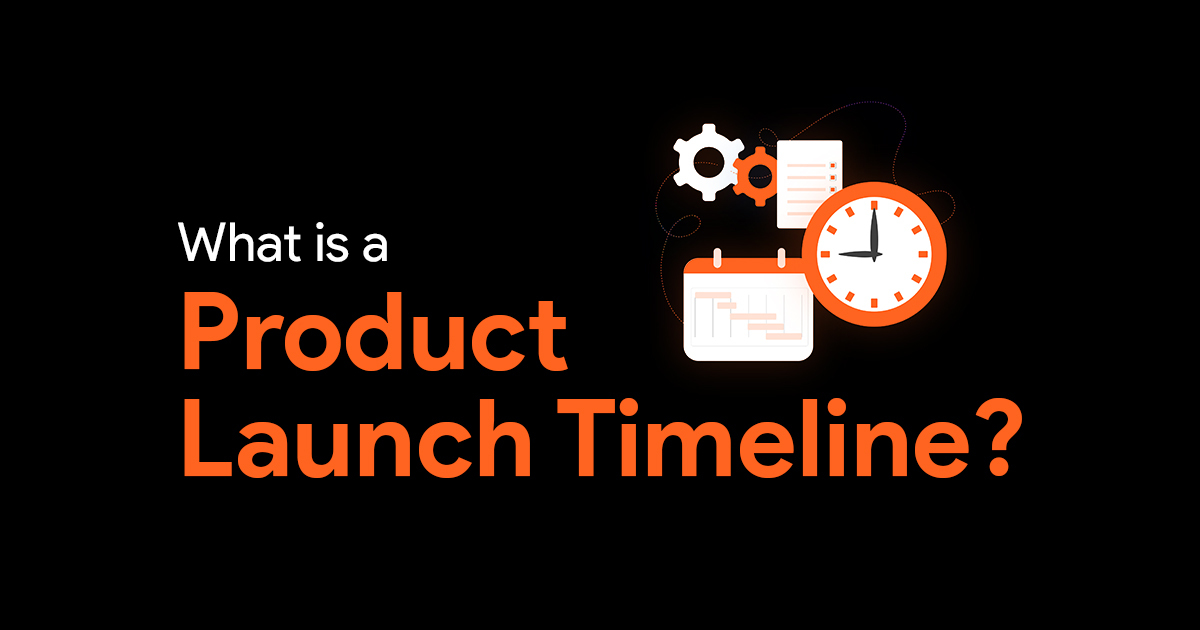Data Strategy Roadmap Template & Examples

Today, businesses from all industries collect vast amounts of data; a data strategy defines how the information assets of an organization will be managed, and the people, rules, and processes needed to do so. In this article, we’ll explore data strategy roadmap template, how to create a roadmap for strategic plan, along with some data strategy examples and PowerPoint templates.
What is a Data Strategy Roadmap?
When you have defined your data strategy, you need to build a blueprint and plan how you will implement it. This is your roadmap which will help you stay on schedule. It also helps your team know the measures required to transform your organization into a data-driven one. As a detailed guide it should provide the following information:
- The realistic goals you want to achieve and the value delivery in each stage of implementation
- The timelines of all stages; the start and end dates. Here you need to specify the priority of milestones.
- The resources you need to implement – basically deciding roles and responsibilities of your employees for tasks, budgeting the funds, and deciding on the technology to use
- The deliverables in each phase or milestone that need to be done before starting on the next goal
The Need for a Data Strategy Roadmap
Just like you use Google maps on road trips to help you get to your destination safely and quickly, you need to have a data strategy roadmap to get to your destination efficiently and in time. So use the data strategy roadmap template. It helps to:
- Creates small tasks from the big; this will make it seem less overwhelming, and you can easily track your progress
- It helps in outlining every minute detail about your strategy – the scope and cost of the project, the approach to take, and more.
- You can make optimal use of resources and time, and check out how feasible new ideas are.
- A data strategy roadmap helps you to convey to all stakeholders, your expectations from the project.
- Represent your strategy graphically and help everyone stay focused on the objectives. When your people clearly understand organizational objectives and the resources needed to achieve them, half the battle is won.
Other important components:
- Defining the business case for a data strategy
- Developing a proper structure of governance to manage the data assets
- Identifying resources required for data management
- Defining the best practices to ensure high data standards for exact reporting, including defining key metrics and data testing methodology.
- Supporting decision-making through the launching of data analysis processes.
Deploying a state-of-the-art BI and analytics system will significantly improve your decision-making process. You can leverage big data and make it your most powerful asset.
Discover engaging presentations with our PowerPoint templates! Check out the roadmap PowerPoint templates and roadmap to success template. Also, check out our blog technology roadmap template PPT for a visually impressive touch.
How To Create a Roadmap for A Strategic Plan?
1. Align Organizational Goals and Data Strategy
You must be clear about why you have a data strategy before using data strategy roadmap template. Is it to gain more visibility into your business, tap into new markets, or boost innovation? It could be anything, but you must have a clear vision for your organization for the coming few years – and then define where and how the data fits in it.
2. Select the Appropriate Architecture and Tools
You need to research a bit for the right tools and architecture. This includes:
- Data warehouse – choose between single or multiple
- Integration tools and connectors to improve extracting and transforming data
- A reporting tool that has the most suitable features for your business needs; you’ll need to check how user-friendly they are, and what kind of licensing the vendors are offering.
3. Take Stock of Current Data Assets
Once you have configured your data assessment framework, make a list of your source systems, reports, and data dictionary and prioritize them by business sectors to get a panoramic view.
4. Include Data Governance
Include a framework for this as an essential element in your roadmap. You must have an aerial view of:
- The setup and access control settings of the BI system
- Define areas and situations for row-level security
- Identify the datasets that need certification and assign responsibility to a specific employee
- Identify critical data that must comply with regulations like GDPR, HIPAA, CCPA or others
5. Assign Roles and Responsibilities
You have the tools ready to achieve your goals, and now you need the human resources to implement the strategy. If those roles don’t exist in your company, you need to define them now. You have to decide if each business unit will handle its own requirements, if you want a centralized team for data analytics, or if you want a hybrid model where the central team is deployed as consultants for the business units. Hiring or firing employees could be part of your roadmap; so if you don’t want to hire a permanent team for data, you may have to train your current employees, or bring in consultants so that the job gets done.
6. Develop a Training Curriculum
Once you have assigned roles and responsibilities, you can check if your current employees have the skillsets needed to implement your data strategy. If some are lacking, you can create a plan to train your employees to obtain those skills.
7. Visualize It
Before using a data strategy roadmap template. Lay down all the elements we talked about now on a chart and create a graphical view of your roadmap. Ideally, your roadmap should talk about what you’re going to do over the next couple of years; but it is important to specify annual goals, with Year I having the maximum details like projects in order of priority, the business sectors that will participate, strategies of risk mitigation and the desired results.
8. Be Pragmatic
Don’t try to go overboard – target what is realistically achievable. It is crucial that you have your employees and managers on your side while you implement your new system – only then will they understand the need for the data and BI.
There you have it! You now know how to build a strategic roadmap.
Data Strategy Roadmap Examples
An actual picture of a data strategy roadmap before using a data strategy roadmap template will make it very clear to you, and you will be able to understand what it looks like. So, when you are ready to make yours, you can simply follow these examples.
Conclusion
We hope this article has been useful and that you’ve learnt quiet a bit about data strategy roadmaps, along with how to create one, and some examples. If you need templates


